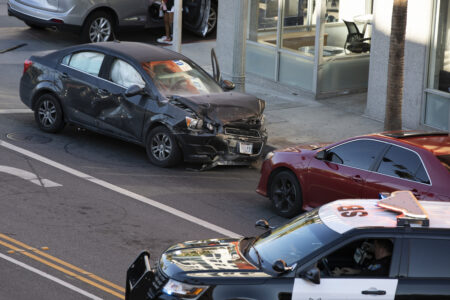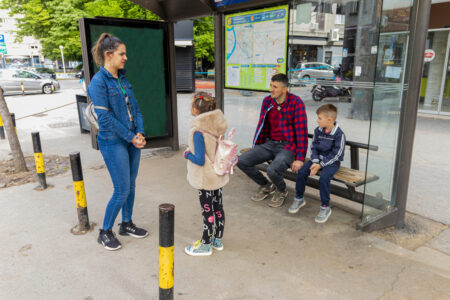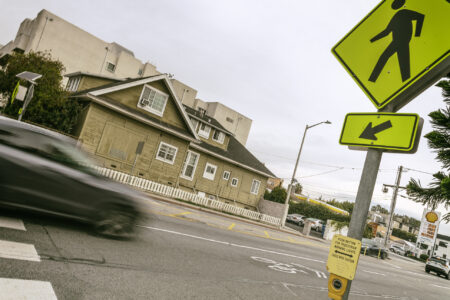Share On Social!
You can share the best—or worst—places to bike in San Antonio, thanks to a new bilingual crowdsourced map.
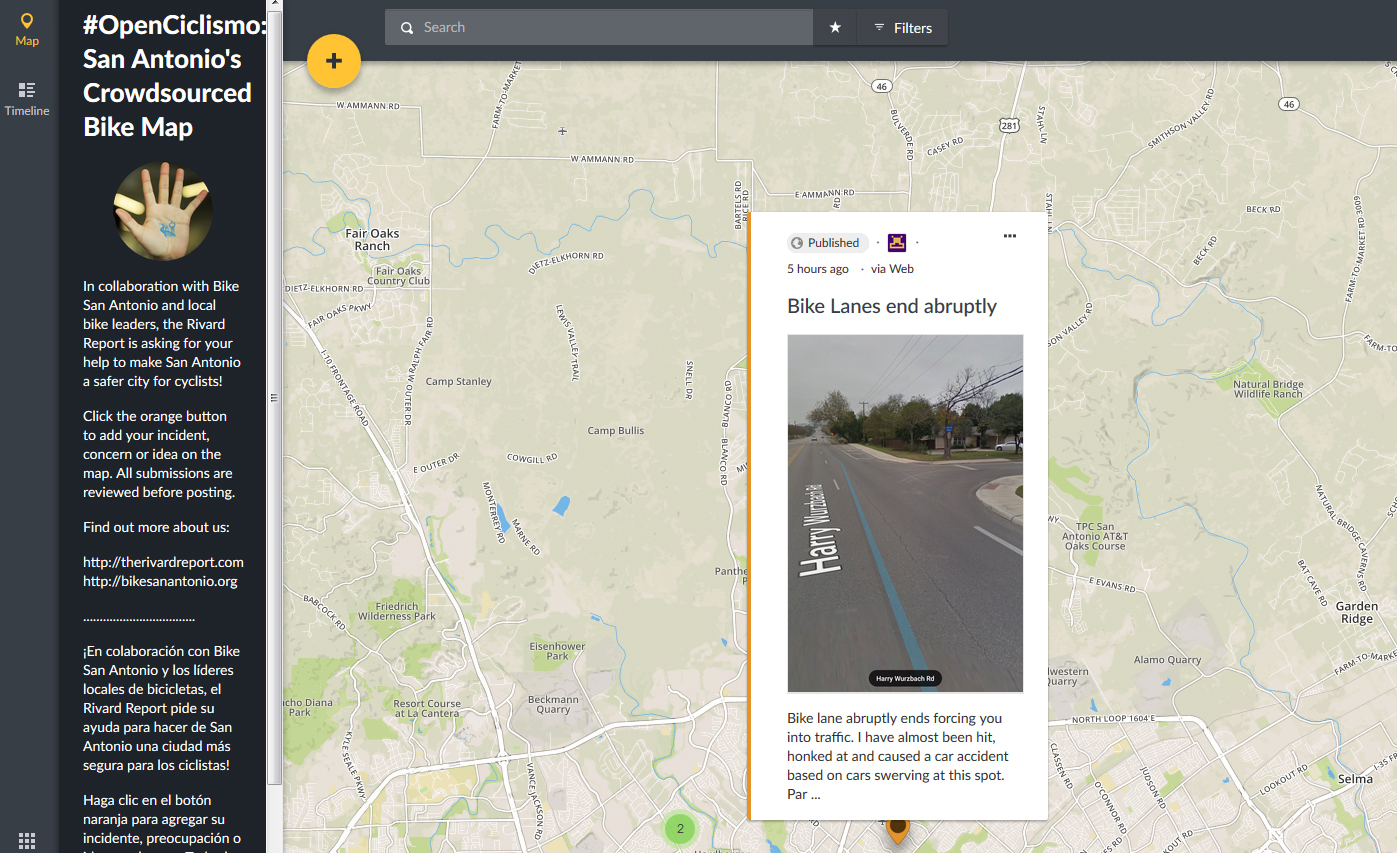 The Open Ciclismo map, launched in October 2017 in English and Spanish by the local online news source the Rivard Report and Bike San Antonio, enables people to identify biking problems, issues, and solutions across San Antonio (63.7% Latino).
The Open Ciclismo map, launched in October 2017 in English and Spanish by the local online news source the Rivard Report and Bike San Antonio, enables people to identify biking problems, issues, and solutions across San Antonio (63.7% Latino).
You can report a public dangerous intersection, suggest a bicycling improvement, or share safe places to ride.
Just indicate the location, add a description, and upload or share a video.
“By crowdsourcing this data and riders’ experiences, we aim to create up-to-date awareness of hotspots for cycling safety, crime, and infrastructure improvements—holding city officials accountable for safe cycling and pedestrian life in San Antonio,” said Emily Royall, data director at the Rivard Report, a free online news source that covers innovative solutions to the city’s problems and challenges.
San Antonio’s Problems and Challenges
The new map is useful to promote local biking issues and solutions.
That is important given physical inactivity, obesity, diabetes, and lack of multimodal transportation options in San Antonio.
Almost half the city’s adults (49.7%) did not meet minimum national recommendations for weekly physical activity (150 minutes per week), and 25% reported not doing any physical activity in the past month.
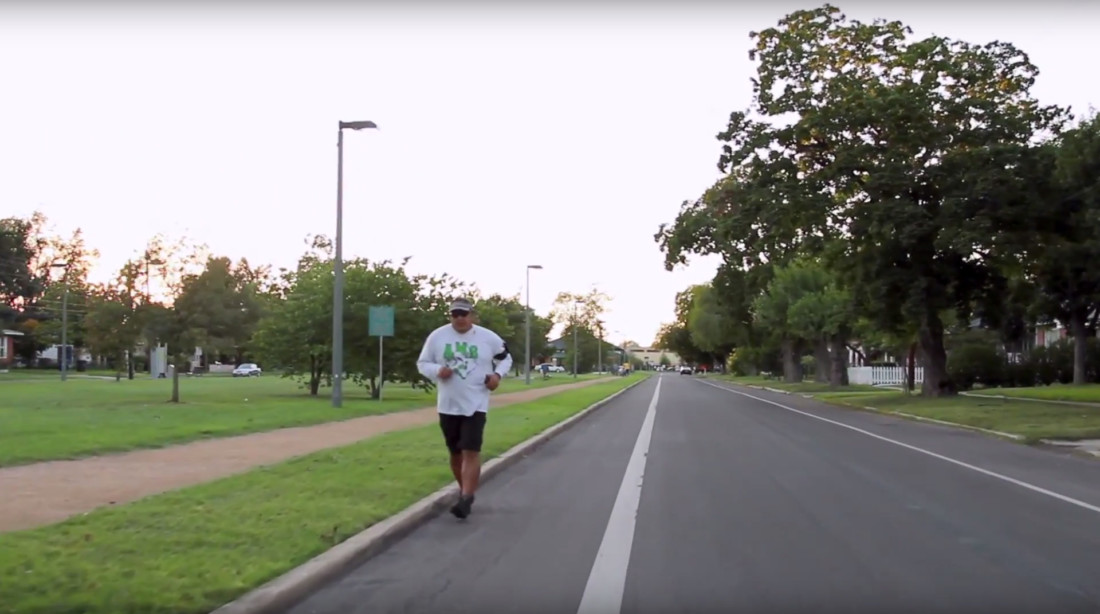 A staggering 35% of San Antonio residents were obese, especially among Latinos.
A staggering 35% of San Antonio residents were obese, especially among Latinos.
People here tend to drive cars, even though biking and walking are healthier.
Driving is expensive. A typical car costs $8,000 per year to operate. A typical bicycle costs $200 or less.
Driving is also not inclusive of all ages. Children and seniors make up nearly 30% of San Antonio residents. This largely non-driving population is cut off from life-enriching destinations, resources, and services, like grocery stores, employment and education opportunities and parks.
Improving equitable access to safe places to walk and bike are consistently identified as solutions to these problems.
Of course, improving safe routes for people to walk and bike will help solve many of the city’s other problems and challenges, like commute time, transportation affordability, traffic fatalities and serious injuries, vehicle miles traveled, economic competitiveness, air quality, and environmental sustainability.
However, the bicycle network in San Antonio has many gaps.
Envisioning a Healthy Future
In 2010, San Antonio residents and city leaders met and created a community vision for the city’s future.
They formed SA2020 to track progress toward that vision.
SA2020 tracks 58 indicators and performance measures, including walkability, complete streets, use of public transit, the number of vehicle miles of traveled, and commute time.
During this time, city leaders also updated the Bike Master Plan to make bicycling a fundamental part a complete transportation and recreation system by 2030.
To make systemic changes to increase bike ridership, the city needs to know what people think about biking in the city.
Crowdsourcing Bike Riders’ Experiences
The leaders of the Rivard Report worked with Bike San Antonio and local bike leaders to create the Open Ciclismo map.
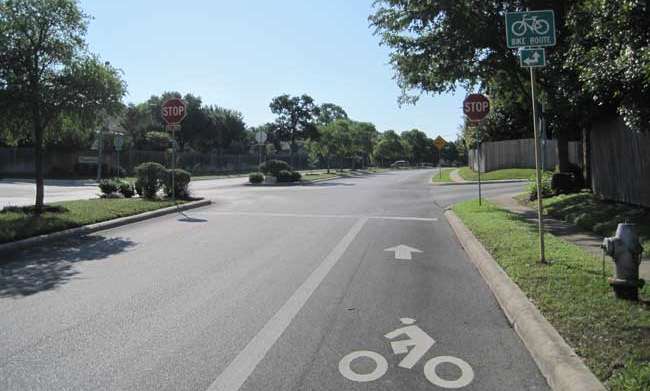 The idea was to give people a platform to share feedback on biking in the city.
The idea was to give people a platform to share feedback on biking in the city.
Although the Bicycle Master Plan was approved in 2011, no updates regarding implementation have been posted since 2012, according to the City of San Antonio’s website.
“The Rivard Report will compare your responses with the existing cycling conditions identified by the City of San Antonio’s 2011 Bike Master Plan, and the City’s Interactive Bike Map for an in-depth analysis of cycling culture in the city,” Royall said.
If you live in San Antonio, share this with anyone who currently bikes or would like to ride their bike more.
If you don’t live in San Antonio, share this with local nonprofits and start the conversation to create a crowdsourced map in your city.
Follow the conversation on Twitter using #OpenCiclismo!
By The Numbers
27
percent
of Latinos rely on public transit (compared to 14% of whites).

